Biking is entertaining, affordable, and eco-friendly. You get to enjoy the beauty of cities or mountains for days in a row by touring on a bike. But touring bikes are sometimes pricey, so if you’re looking for the best touring bikes under 1000$, this article might help.
Best Touring Bikes Under $1000
Bikes can be costly and might get you thinking, “How much should I spend on a touring bike?” Luckily for you, we have the answer to this question and many more.
Below we have listed the 7 best touring bikes under 1000$ you can find in the market. Ready to learn their key features, some pros, and cons? Let’s go!
1. 2022 Polygon Heist X5 – Hybrid Bike
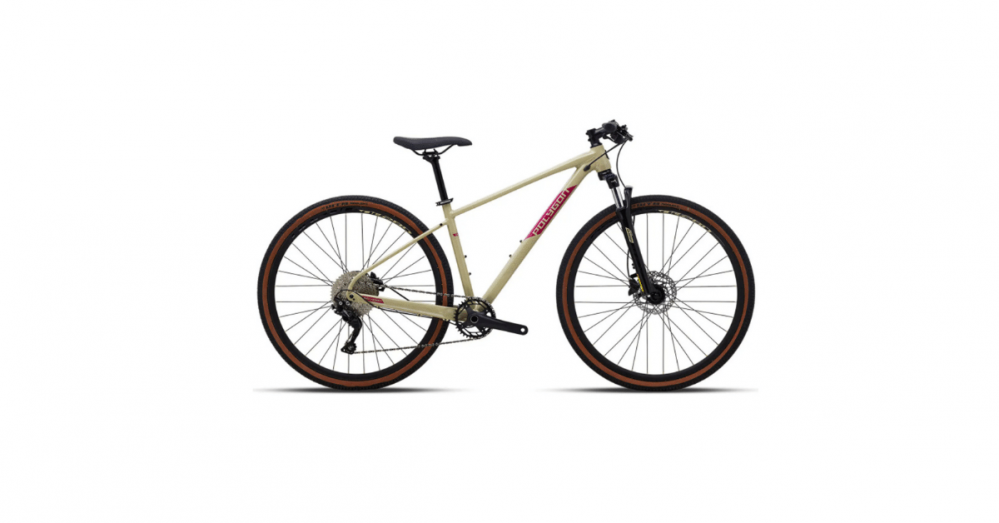
Source: Polygonbikes.com
In 1989, Polygon began producing bicycles for the Asian market. Since then, the company has grown significantly on a global scale. One of the most well-known hybrid bikes, the Polygon Heist X5, has been used by thousands of cyclists worldwide for anything from a simple weekend to long-distance tours. Exploring the outdoor with Polygon Heist X5 will surely give you an unforgettable experience.
Key features
- Performance Hybrid Bicycle is equipped with an AL6 Urban Cross Frame
- WTB Riddler 700x45c tires mounted to Double Wall Alloy Rims are included in this version
- Shimano Deore M6000 1X10 drivetrain is included with the Polygon Heist X5
- Polygon’s Hybrid Bicycle has Shimano MT201 Hydraulic Disc Brakes
Pros
- Provides comfortable city riding
- It is also available for off-road adventures
- Maximum power is quickly managed with minimum input at the levers
- The wheels are made of double-wall alloy rims for added strength and durability
- The gear cables are hidden inside the frame for a cleaner appearance
Cons
- Comes only in one color
2. 2021 Polygon Strattos S2 – Shimano Claris Road Bike
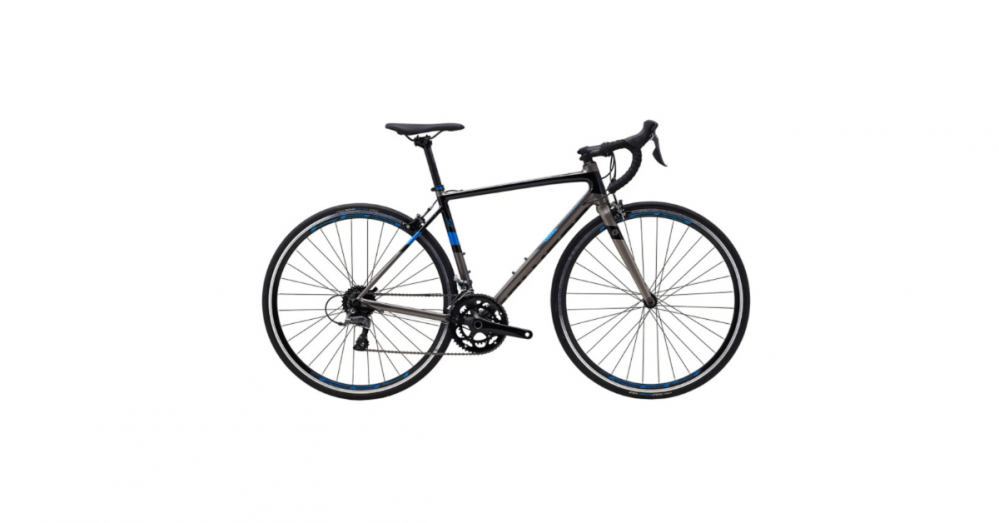
Source: Polygonbikes.com
If you’re going for a bike that is stiff and responsive and at the same time provides excellent value for money, this is your call. This bike is designed for entry-level riders who want to explore more in the adventurous cycling world. Below we have listed some of the key features along with the pros and cons of it.
Key features
- ALX alloy aluminum frame
- Equipped with rim brakes offering plenty of stopping power
- Shimano Claris 16-speed drivetrain
Pros
- The internal routing of the cables enhances the appearance of the bike.
- The butted alloy frame adds to the pleasant ride and does not require an aggressive stance like pure racing bikes.
- Rack attachments for panniers and luggage have been added to the frame, demonstrating Polygon’s commitment to commuting clients.
Cons
- If you want something more adventurous, maybe you should look into other bikes.
3. Trek FX 2 – 2021
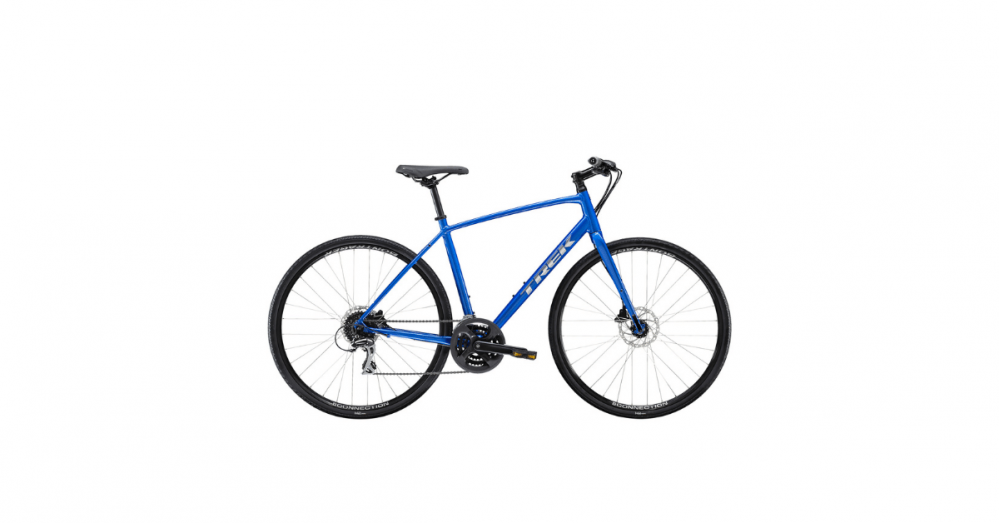
Source: Trek Bikes
The FX 2 is a flexible hybrid bike that can be used for exercise, commuting or fun! It has a frame made of lightweight Alpha Gold Aluminum, broad gearing that works well in hilly terrain, 24 speeds, and tires that are quick on the road and steady on pathways and uneven ground. And finally, disc brakes, which offer excellent stopping capability in all weather situations, are what really distinguish this model.
Key features
- The frame is made of Alpha Gold Aluminum, which offers excellent balance and strength.
- The bike weighs 11.95kg/ 26.34 lbs
- This bike includes Bontrager City Pedals
- The weight limit goes up to 136kg/300lbs, including the weight of the bicycle, rider, and cargo.
Pros
- Easily customizable with different accessories such as racks, fender lights, and more.
- The wires are routed inside, protecting them from the weather and adding to the bike’s sleek appearance.
- High-quality brakes add the most to the cycle, offering you one of the most enjoyable rides.
- Highly versatile and durable.
Cons
- Not suitable for beginners.
4. GHOST Square Cross 1.8 Bike
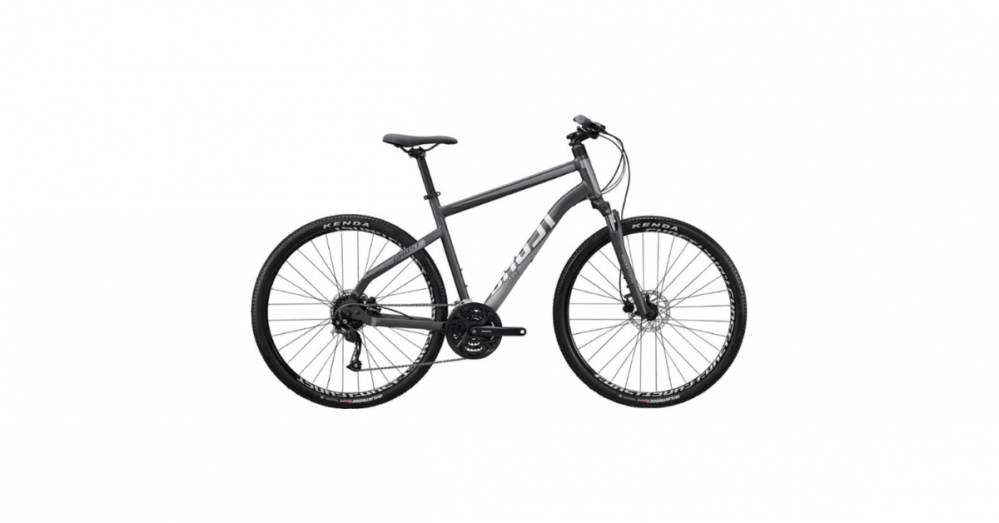
Source: Ghost-bikes.com
Technically speaking, this all-rounder bike has some unique features like the Ghost central suspension fork, integrated cable routing, super-stiff fenders, and a completely integrated rack carrier that can hold any standard pannier.
Key features
- Contains an SR Suntour SF 16-NEX-DS suspension fork.
- GHOST Low Rizer light 26-1.25 inches handlebars.
- Justek 3050 HRN saddle.
Pros
- Easy maintenance, which genuinely holds the value and longevity of the bike.
- It offers a really comfortable riding position.
- It rides excellent on pavement, gravel, and sand.
Cons
- Some might consider it a heavy bike.
5. Giant Roam 2 Disc
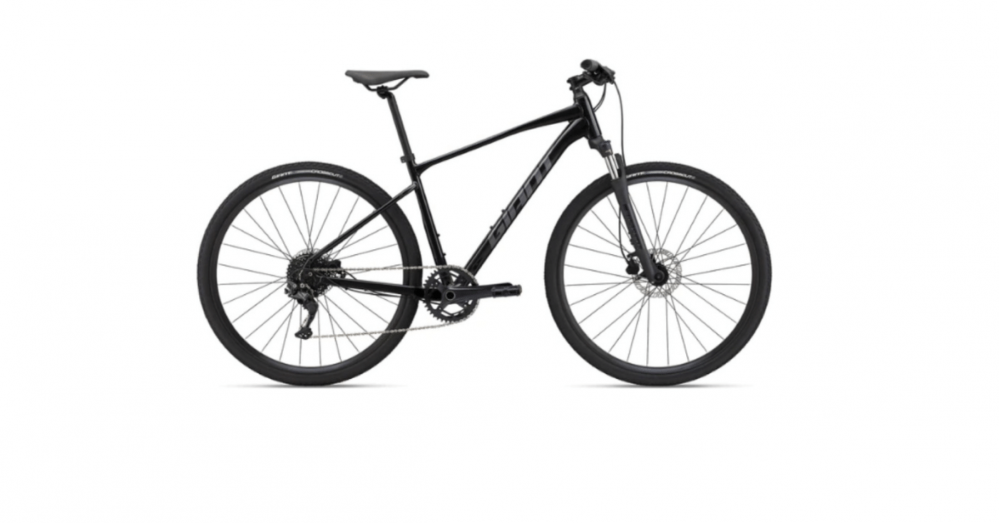
Source: Mike Bikes
Giant is a Taiwanese bicycle company created in 1972 with the purpose of improving cycling experiences. This Performance Hybrid bicycle is convenient for long-distance fitness rides and touring. For whatever reason you use it, one thing is for sure: with this bike, you’ll get the best cycling experience.
Key features
- The Giant Roam 2 Disc is a Hybrid Bicycle with an ALUXX-Grade Aluminium Frame.
- Giant Roam 2 Disc comes with Tektro TKD-143 hydraulic disc, 160mm.
- The Giant Roam 2 Disc comes with a pair of Giant CrossCut 700x42mm tires.
Pros
- Hybrid bicycles are simple to maintain at home. It will simply need slight cleaning and chain greasing every couple of weeks.
- The flat-bar frame design has been updated to place the rider in a position that combines efficiency and stability.
- When on rough roads or mud, brakes provide incredible control
Cons
- Not many colors to choose from.
6. Riverside Touring 520
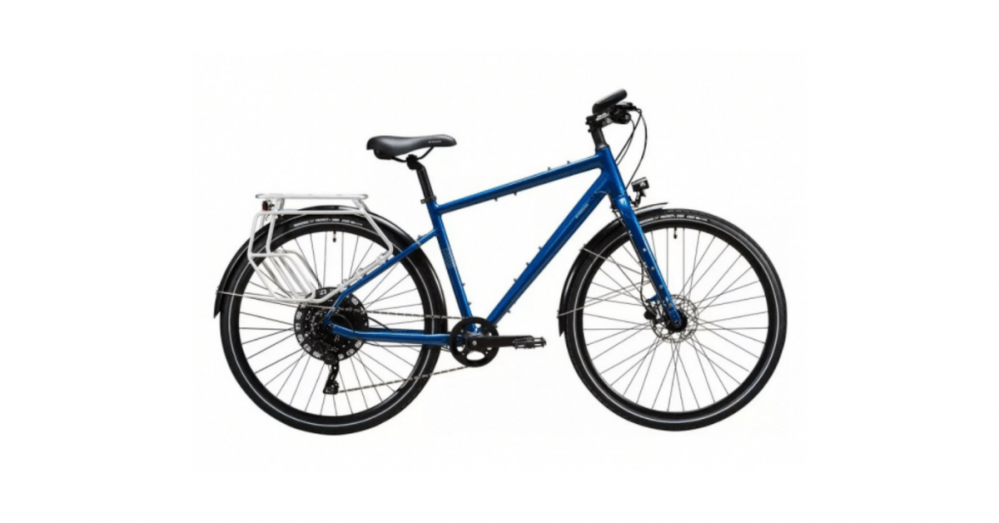
Source: All Tricks
The Riverside Touring 520 is ideal for beginning your cycling journey on a bike intended for adventure. It has a strong frame and components for both local and long-distance trips. This bike is ready to take you on the rides of your dreams.
Key features
- Riverside Touring 520 is equipped with an ergonomic saddle and grips.
- The frame is made of 100% Aluminum 6061.
- The bike weighs up to 16kg/35.274lbs.
Pros
- The ergonomic saddle and grips, geometry, and wide tires provide high cycling comfort.
- The anti-puncture tires provide comfort on roads and cycle paths.
- The luggage rack allows you to carry up to 40kg/ 88.9 lbs of baggage.
Cons
- This bike might not be the best option if you’re planning to exceed the weight limit of 170kg/374.7 lbs.
7. Cube Touring Pro 2022
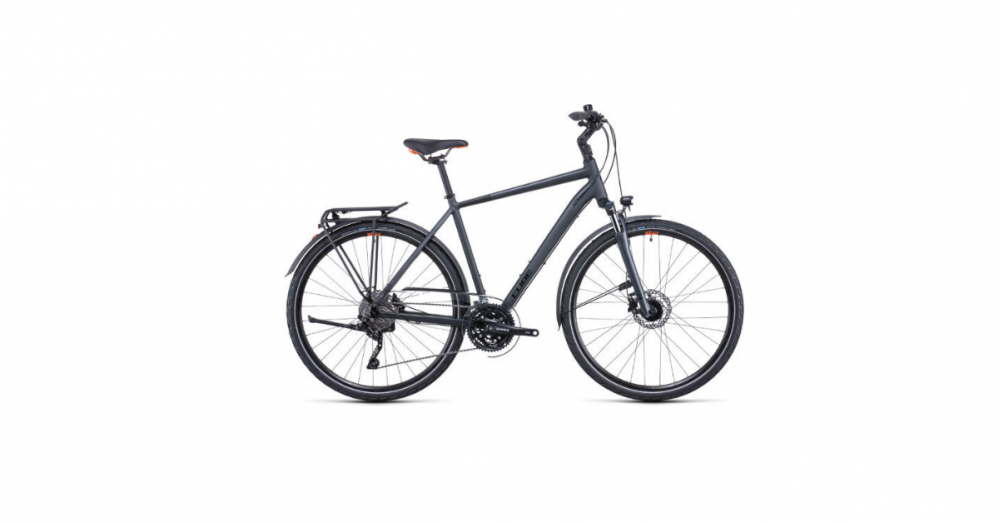
Source: Wiggle
The Touring EXC has a sturdy and light aluminum frame with SR Suntour suspension that provides agility, all-terrain comfort, and control for riding even the most challenging roads. It is ideal for commuting, running errands, and venturing further outside of city boundaries.
Key features
- Its frame is Aluminum Superlite equipped with SR Suntour suspension, providing you with all-terrain comfort and control.
- The hydraulic disc brakes offer a broad gear range to handle any uphill and a strong weather braking capability to regulate your momentum on each descent.
- The bike weighs up to 16.9kg/37.2lbs.
Pros
- A bag or backpack can fit on the stylishly fitted luggage rack.
- For “seeing and being seen,” it is equipped with a dynamo-fed lighting system, making it ready for any of your future adventures.
- Ideal for commuting.
Cons
- A bit heavy
What to Look For When Buying a Touring Bike
An attractive bike is simply that—attractive but not necessarily crucial. The most important qualities for a successful cycling journey are determination and a good approach, not the price of your bicycle. Furthermore, spending so much cash that you run out of money before your trip serves no purpose.
And most importantly, don’t fall for the myth that purchasing an expensive bike would shield you from maintenance issues. Not at all. We examine the benefits of buying the best touring bike you can afford since there are undoubtedly many solid reasons to do so.
Although selecting a bicycle is challenging, using some professional criteria might help you focus your search. We have created a list of things you should consider before buying a touring bike. Keep reading!
Touring bike frame
The frame is the most significant component of a bicycle. It allows you to sit on your bike and maneuver it, supports the weight of the complete bike, and demonstrates the high caliber of the materials employed.
Make sure the geometry of the frame you choose allows for enough adjustment in your riding posture so that it can change to meet your demands in the future. You don’t want to wind up on a bike that sacrifices stability and handling to fit your riding posture, nor do you want it to remain inflexible as your cycling abilities develop.
The material of the frame is an important component to look at; a robust and durable touring frame can be made of aluminum, steel, or titanium.
If you want something light, aluminum bike frames are more lightweight than titanium and steel bike frames despite using more metal.
If you are not experienced with bikes, then you should use a steel material because steel is the easiest to repair. Aluminum and titanium frames are repairable but require more advanced tooling and knowledge.
Steel and titanium frames have a ‘fatigue limit’ below which a repeated load can be applied indefinitely without failure. On the other hand, aluminum has no fatigue limit, which means it will break after a certain number of load cycles. So if you are looking for a bike that will last longer, you should go with steel or titanium frames.
Touring bike wheels
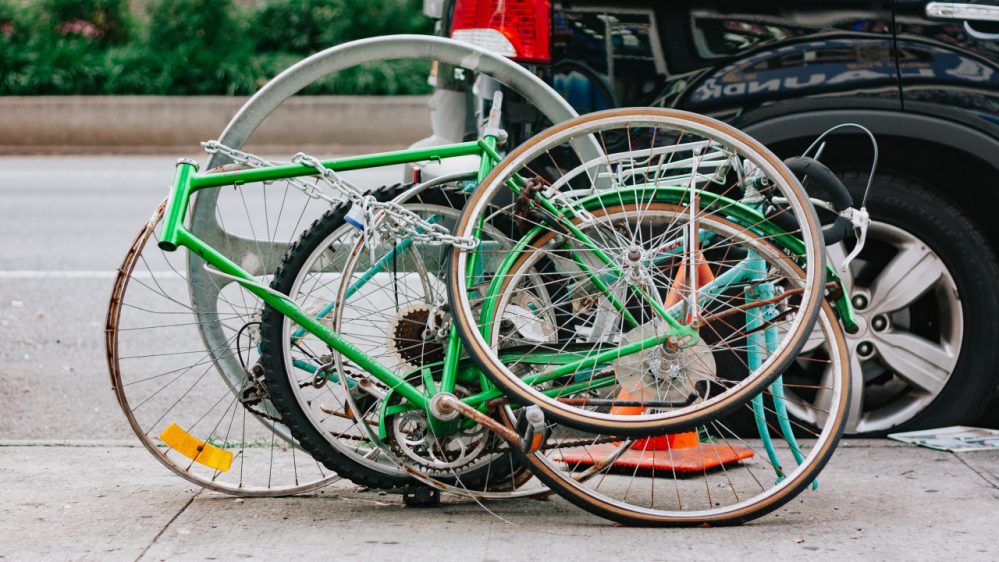
Due to their design to support bigger weights and provide durability over long distances, touring wheels are often more robust than road or gravel bike wheels.
Since they aren’t made for extreme speed, they should require less maintenance. Instead of carbon fiber, its rims will likely be made of aluminum.
The four essential parts of your wheel are:
- The rim: For added comfort, touring rims are generally broader on the inside and outside. Adequate tire volume often increases with wider internal rim widths. However, the weight increases with rim width, so carefully evaluate the terrain you’ll be riding in. If you wish to venture off the established path, you can choose appropriate rims for off-road use.
- Spokes: Higher spoke counts are used in most touring wheels to increase durability. A wheel with more spokes has a lower risk of going severely out of true if a spoke breaks while you are riding since more spokes are holding the wheel’s structure together.
- Nipples: Most touring wheels typically use brass nipples because they are more resilient to corrosion than lightweight alloy nipples.
- Hub: Again, reliability is the goal when selecting hubs for your touring bike. The type of bearings that the hubs roll on should be considered initially. Usually, you may choose between the sealed cartridge and cup-and-cone bearings. Hubs with cups and cones should be adjusted and maintained quite simply.
Touring bike tires
Your tires’ width and tread pattern should match the terrain you ride on. A good tire for touring bikes should be long-lasting, have good tread, and be puncture resistant.
Built-in puncture resistance is one of the most important things you should aim for when considering touring bike tires. That’s because the potential for a flat tire is very likely when touring. Even though it adds to the weight of the tires, it will significantly reduce the number of flats you get.
A simple tread is preferred if you’re not planning on riding over rough terrain. In contrast, touring bike tires designated for rough terrains have a slightly thicker and deeper tread and offer more versatility.
Width matters a lot. Narrow tires are better for road touring because they provide less rolling resistance, which allows you to ride quicker and more efficiently. The minimum size recommended for road touring is 1.1″. On the other hand, most riders prefer 2-3″ wide tires for bikepacking or off-road touring.
Touring bike brakes
The quality of your brakes should never be overlooked when traveling or considering a new bike. If you have smooth and strong brakes, you may enjoy steep downhills that would have previously given you the chills.
You may occasionally need to rapidly stop a lot of weight when riding a touring bike. This could be caused by vehicles pulling out in front of you, sudden bends, animals crossing the road, or even glass on the pavement. You’ll experience random things, and you’ll need to be able to quit right away.
Disc brakes provide the most satisfactory performance for touring bikes in dry and rainy circumstances. Due to their resistance to water and debris, disc brakes truly shine in bad weather. In dry situations, hydraulic rim brakes and V-brakes perform well in slowing down a laden touring bike.
Luggage and lights on a touring bike
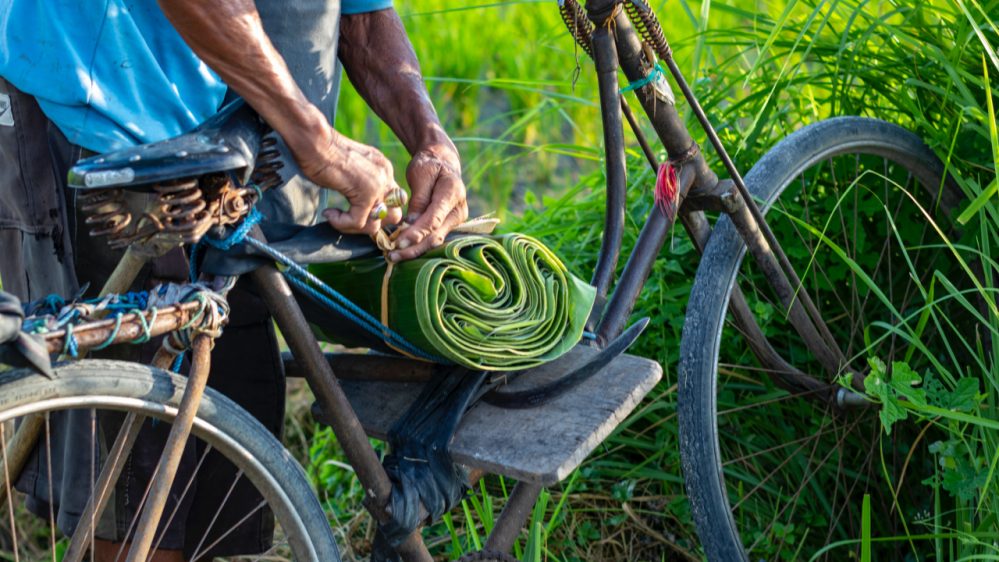
The best technique to transport items on a bicycle varies. You have two main alternatives when it comes to luggage: panniers and bikepacking bags.
Backpacks are preferable for minimalists who don’t need to carry much stuff. On the other hand, panniers are helpful for those who need to take a lot of gear.
To dive in further, there are three main bike-packing bags, including:
- Handlebar rolls: may hold up to 15-20 liters of goods.
- The fame bag: is a triangular bag that fits in the triangle of your bike frame. They are strapped to the top tube, seat tube, and sometimes the downtube. It usually holds up to 8-15 liters of stuff.
- Seat pack: Most seat packs have a capacity of 8-17 liters. Depending on the model, it can feature straps on the outside for securing large items.
- Panniers are soft, rectangular bags attached to the bike’s front and back. They connect with a hook system. Most bicycle tourists utilize four panniers, two in the front and two in the back. Rear panniers typically accommodate 25-70 liters combined. Front panniers accommodate 15-30 liters combined.
The volume of gear that panniers accommodate is their biggest advantage over backpacking bags. The most significant disadvantage of employing panniers is the loss of efficiency.
Lights: A bright headlight positioned on the handlebars with a flashing mode is preferable. Your rear light should be bright red, and that flashes. Your lights should be waterproof.
The Bottom Line
Now that you have learned about a comprehensive list of the best touring bikes under $1000, you might have a clear picture of what you want to purchase in the future. Each touring bike stands out for its high degree of stability, durability, variety of styles, and sometimes colors.
Before purchasing, don’t forget to look through the essential aspects. Look at the material to get an idea of how durable it will be, the size that best fits you, the style, lighting, and everything mentioned above. The choice will be based on your intended riding route, preferred riding style, and financial constraints.




